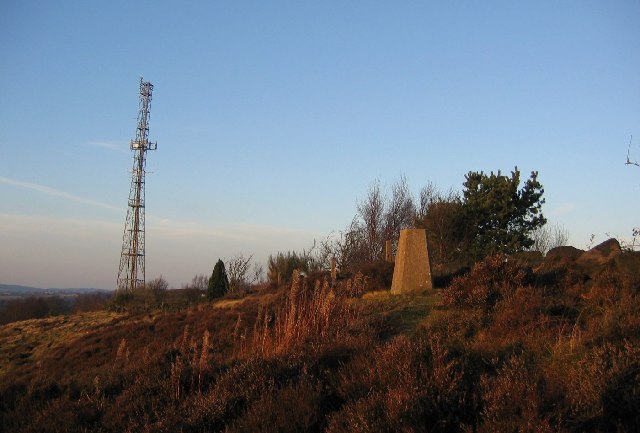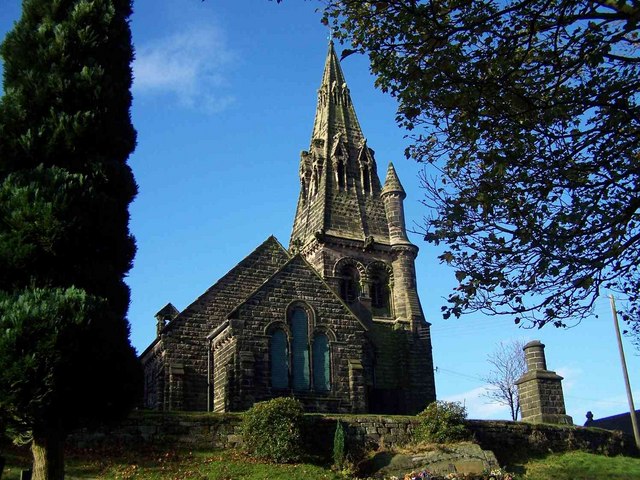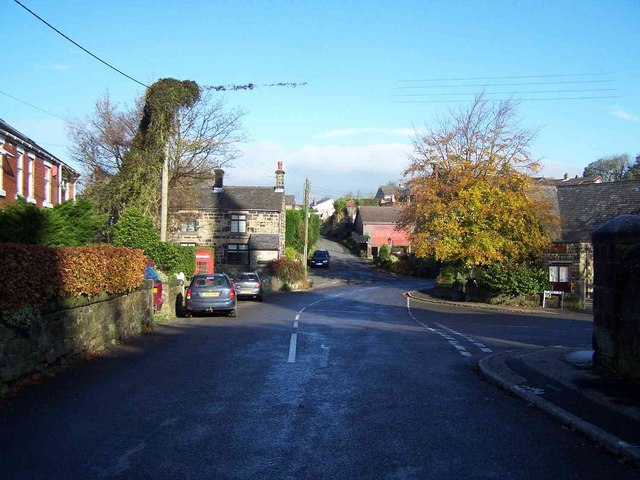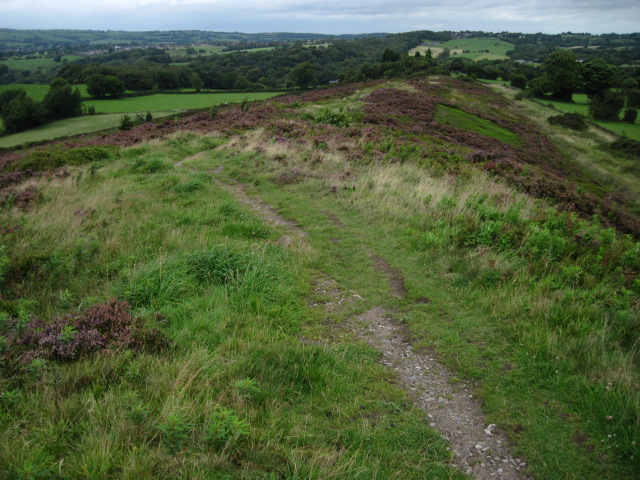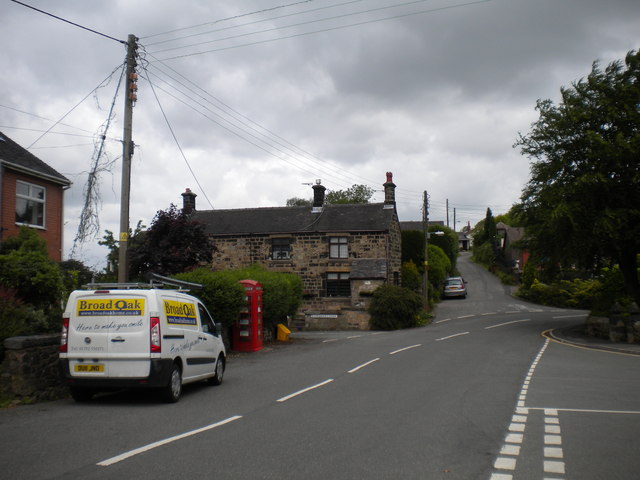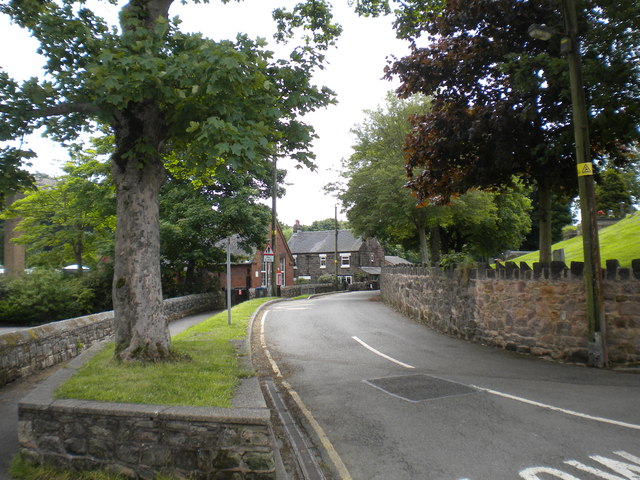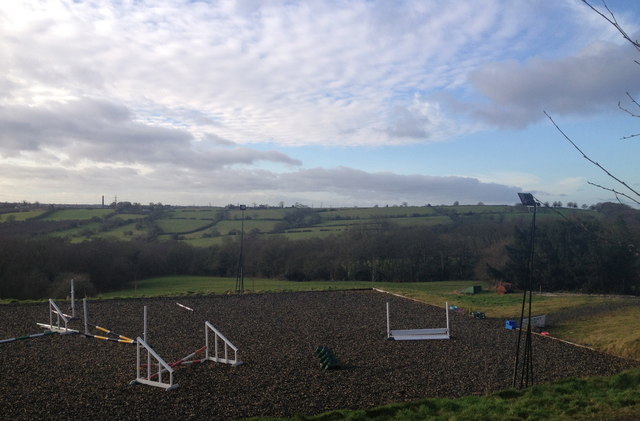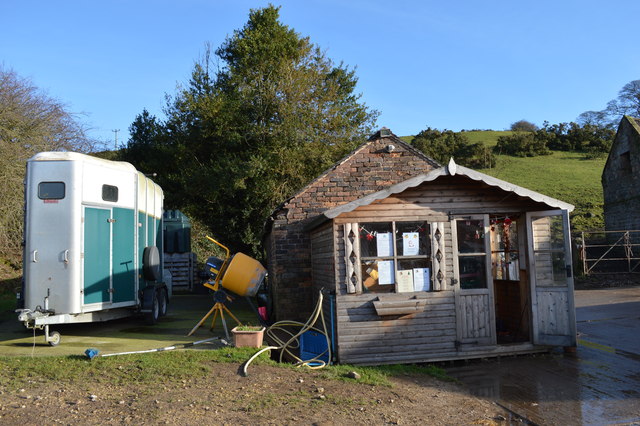Bemersley Green
Settlement in Staffordshire
England
Bemersley Green
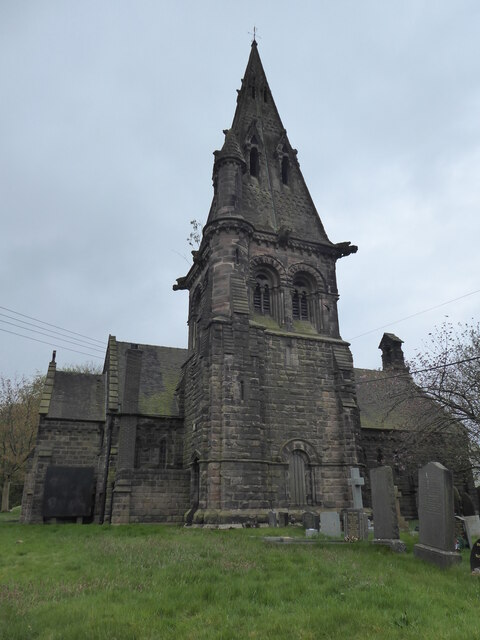
Bemersley Green is a small village located in the county of Staffordshire, England. Situated approximately 5 miles northeast of Stoke-on-Trent, the village is nestled in the Staffordshire Moorlands district. Bemersley Green is known for its picturesque countryside setting, characterized by rolling hills, meandering streams, and lush greenery.
The village itself is relatively small, with a population of around 500 residents. It has a close-knit community feel, where neighbors often know each other and create a friendly atmosphere. The village is predominantly residential, with a mix of traditional stone houses and more modern developments. The architecture reflects the village's history, with some buildings dating back several centuries.
Although Bemersley Green is a quiet and peaceful place, it benefits from its proximity to larger towns and cities. Residents have easy access to amenities and services in nearby Stoke-on-Trent, including schools, shops, and healthcare facilities. The village also benefits from good transport links, with regular bus services connecting it to surrounding areas.
For those who enjoy outdoor activities, Bemersley Green offers ample opportunities. The surrounding countryside provides beautiful walking and cycling routes, and there are several parks and nature reserves nearby. The village is also within reach of the Peak District National Park, offering further recreational activities and stunning landscapes.
Overall, Bemersley Green offers a tranquil and scenic setting for those seeking a quieter lifestyle, while still providing access to the amenities and attractions of nearby towns and cities.
If you have any feedback on the listing, please let us know in the comments section below.
Bemersley Green Images
Images are sourced within 2km of 53.084867/-2.1716506 or Grid Reference SJ8854. Thanks to Geograph Open Source API. All images are credited.
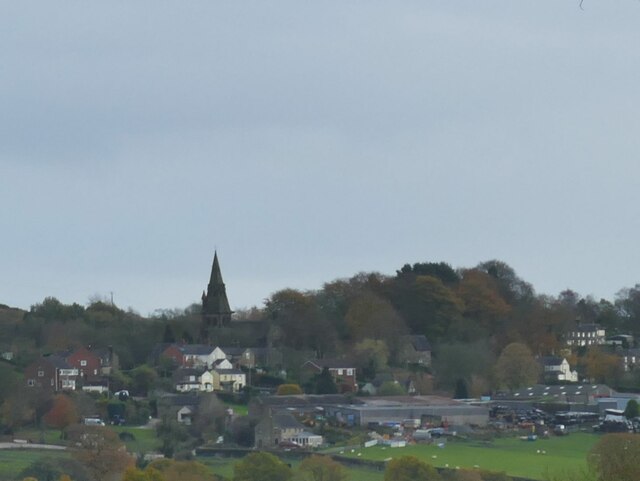
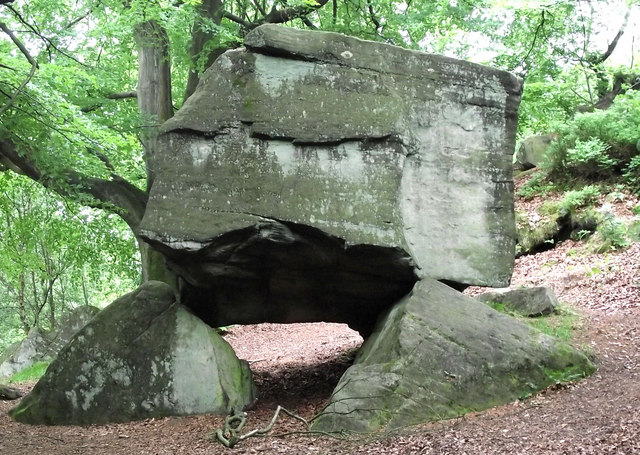
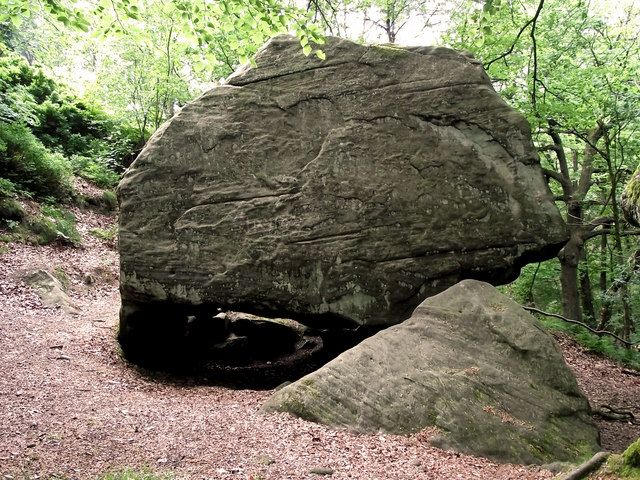

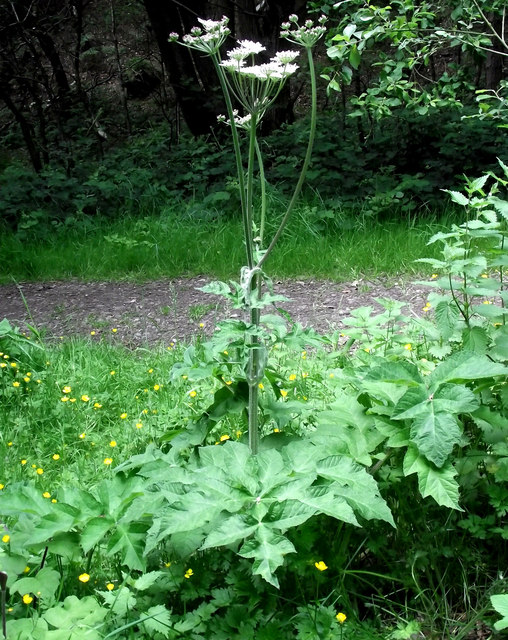
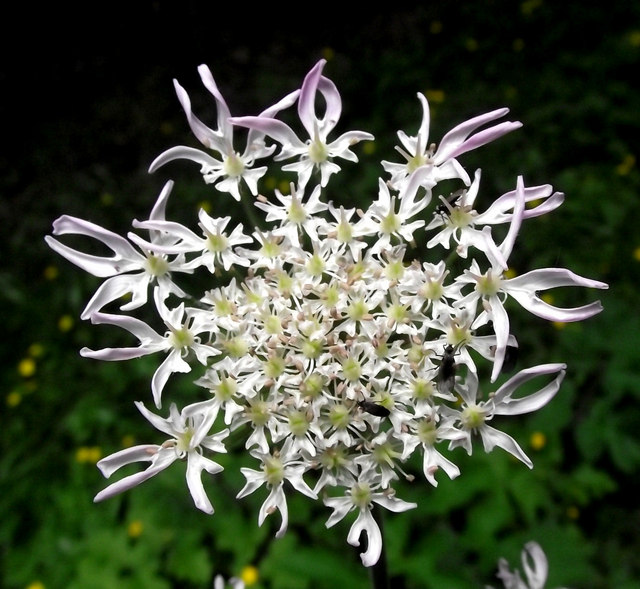
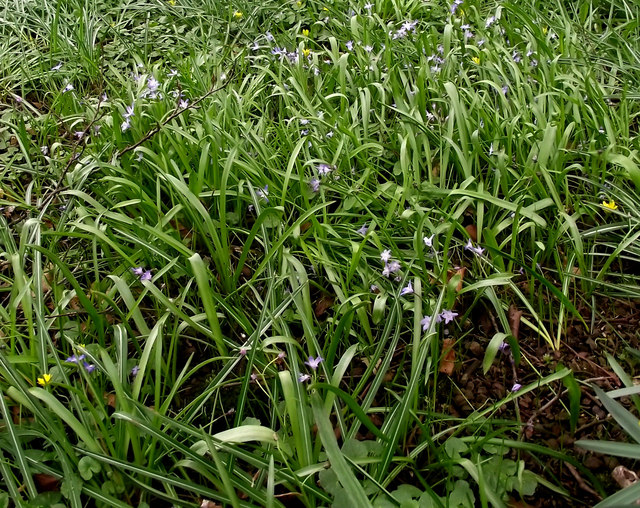
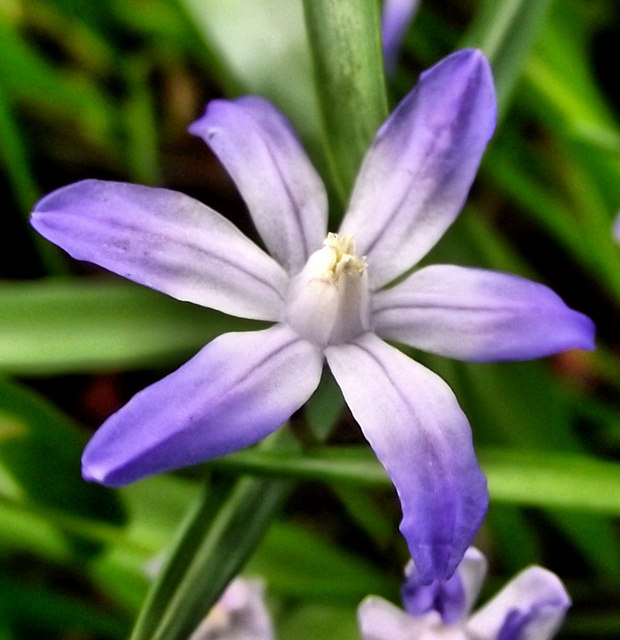
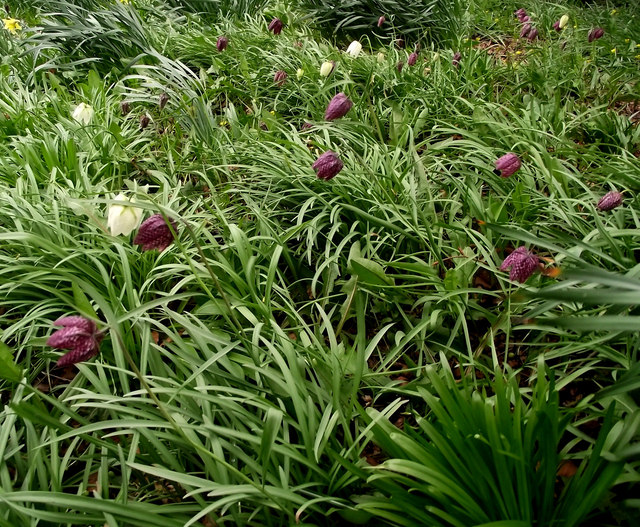
Bemersley Green is located at Grid Ref: SJ8854 (Lat: 53.084867, Lng: -2.1716506)
Unitary Authority: Stoke-on-Trent
Police Authority: Staffordshire
What 3 Words
///feathers.dance.pythons. Near Biddulph, Staffordshire
Nearby Locations
Related Wikis
Ridgeway, Staffordshire
Ridgeway is a hamlet on the boundary of Brown Edge and Stoke-on-Trent in Staffordshire, England. == References ==
Chatterley Whitfield
Chatterley Whitfield Colliery is a disused coal mine on the outskirts of Chell, Staffordshire in Stoke on Trent, England. It was the largest mine working...
Black Bull railway station
Black Bull railway station is a disused railway station in Staffordshire, England. The station was opened in 1864 by the North Staffordshire Railway on...
Knypersley Reservoir
Knypersley Reservoir near Biddulph, Staffordshire, England, was built in 1827 to supply water to the Caldon Canal, along with two others at Stanley Pool...
Related Videos
Rain Walk, Knypersley Reservoir and the Warder's Tower, English Countryside 4K
https://www.buymeacoffee.com/Daveswalks All support is hugely appreciated and it helps me keep the channel going! No talking ...
Chatterley Whitfield Heritage Park Stoke On Trent Staffordshire
So in todays walk we explore Chatterley Whitfield , This was completely new to me , never been there before so it was good to ...
Walk around knypersley Reservoir & a sunrise time-lapse video (didn't quite work out)
In this video I visit one of my favourite places, Knypersley Reservoir. I attempted to do a sunrise time lapse at the back end of the ...
New Years day walk at Knypersley Reservoir Staffordshire
A lovely sunny new years day walk around the stunning scenery of Knypersley #hoverairx1 #travel #travelvlog #newyearsday ...
Nearby Amenities
Located within 500m of 53.084867,-2.1716506Have you been to Bemersley Green?
Leave your review of Bemersley Green below (or comments, questions and feedback).
